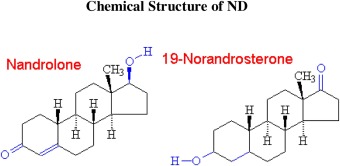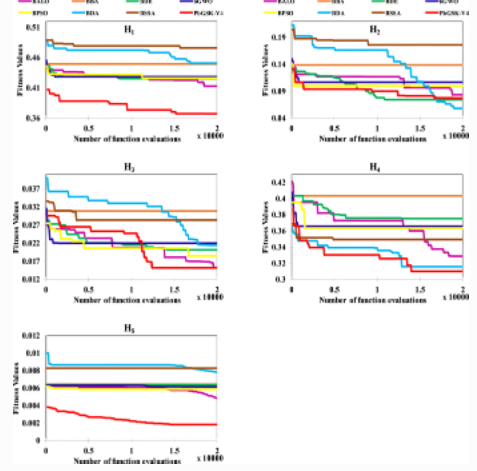Natcracker: Nat combinations matter
In this paper, we report our experience in working with Network Address Translators (NATs). Traditionally, there were only 4 types of NATs. For each type, the (im)possibility of traversal is well-known. Recently, the NAT community has provided a deeper dissection of NAT behaviors resulting into at least 27 types and documented the (im)possibility of traversal for some types. There are, however, two fundamental issues that were not previously tackled by the community. First, given the more elaborate set of behaviors, it is incorrect to reason about traversing a single NAT, instead combinations must be considered and we have not found any study that comprehensively states, for every possible combination, whether direct connectivity with no relay is feasible. Such a statement is the first outcome of the paper. Second, there is a serious need for some kind of formalism to reason about NATs which is a second outcome of this paper. The results were obtained using our own scheme which is an augmentation of currently-known traversal methods. The scheme is validated by reasoning using our formalism, simulation and implementation in a real P2P network. ©2009 IEEE.


